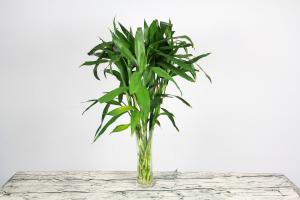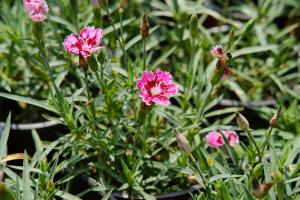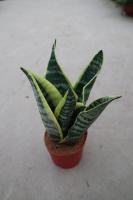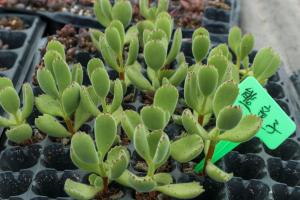1、 Post flowering curing
1. Cut off the remaining flowers: the iris will produce seeds after pollination. If you don't want to keep seeds, you need to cut off the remaining flowers. While removing the remaining flowers, you can also cut off the scape at the same time, find the right position and cut it quickly. This can reduce the unprovoked consumption of nutrients, accumulate nutrients, promote the growth of the next year, and promote better and more flowers in the next year
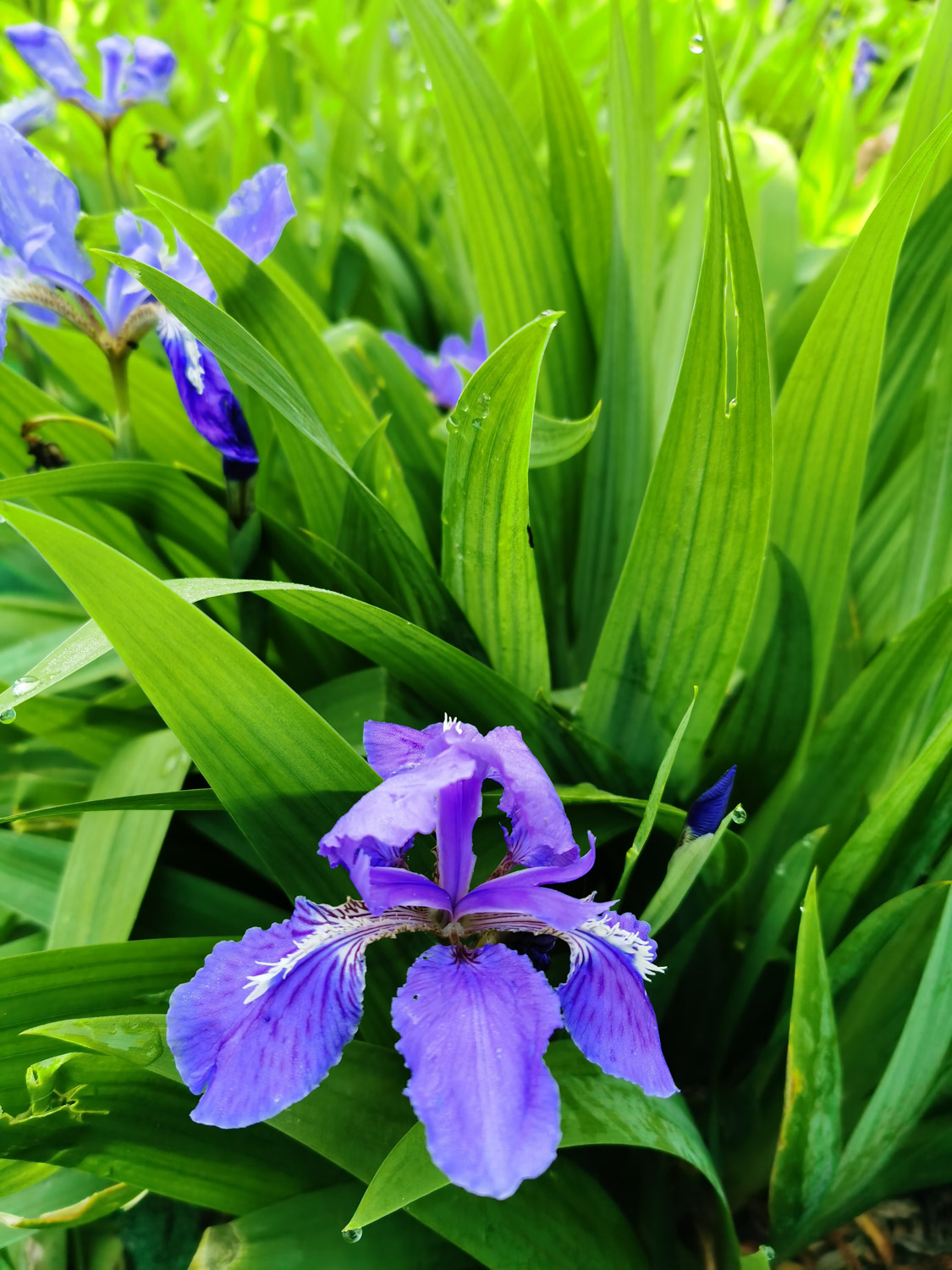
2. Reasonable topdressing: iris flower consumes a lot of nutrients. In order to slow down the flowering plant, it needs timely topdressing. You can apply fertilizer reasonably and supplement the consumed nutrients. You can choose thin liquid fertilizer
3. Proper exposure to light: after flowering, you can't ignore the light. You need to keep it in a bright place and supplement the sunshine appropriately
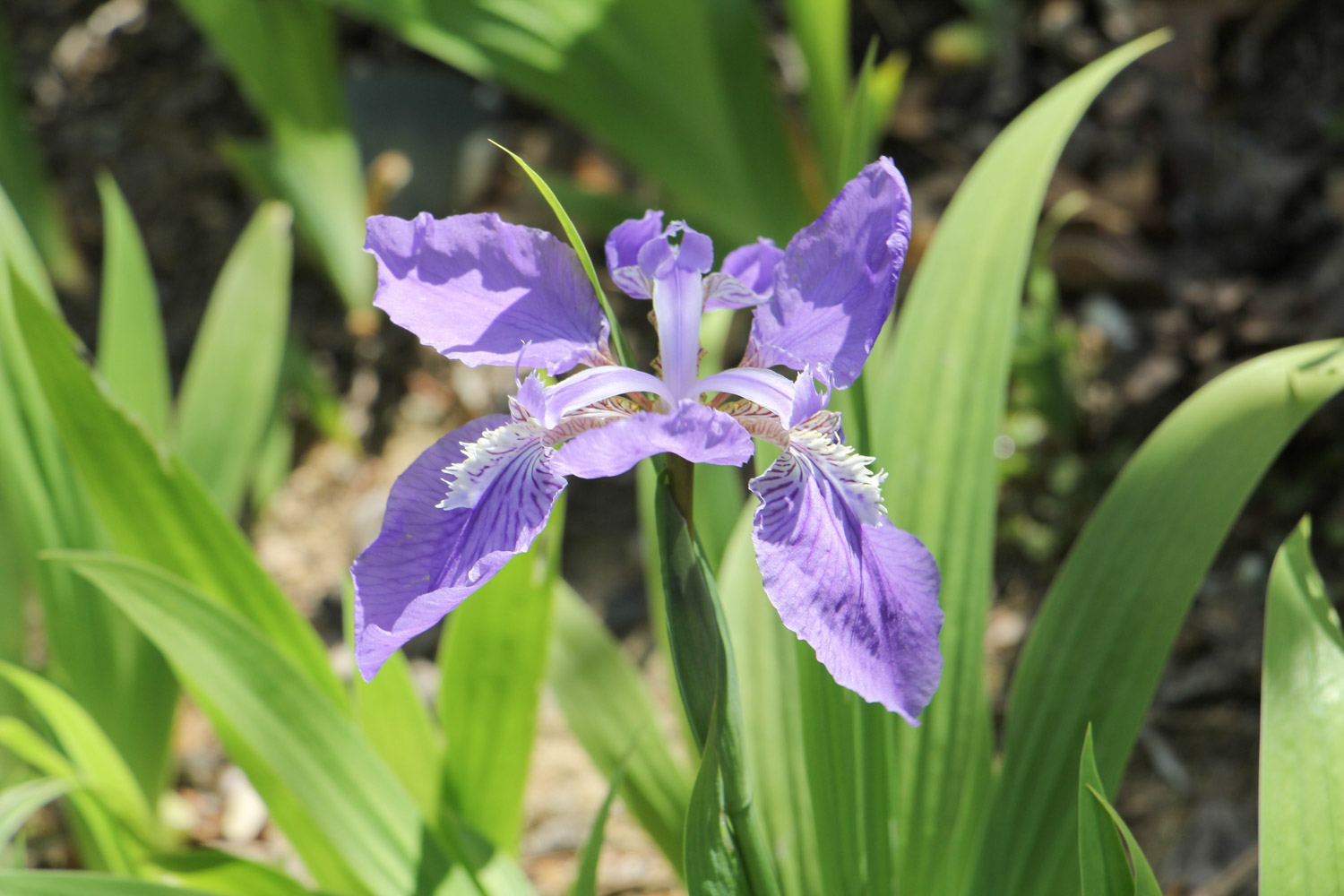
2、 Why not bloom
1. Lack of sunshine: if iris wants to blossom, it cannot do without sunshine. If the external light is weak, it will hinder the opening of flowers, even wither flowers and weaken plants. Before flowering, keep it in a place with good light and see enough light to maintain flowering
2. Low temperature: during curing, if the temperature is lower than 7 ℃, it will also affect and hinder flowering, so it is best to keep the temperature at about 7-20 ℃
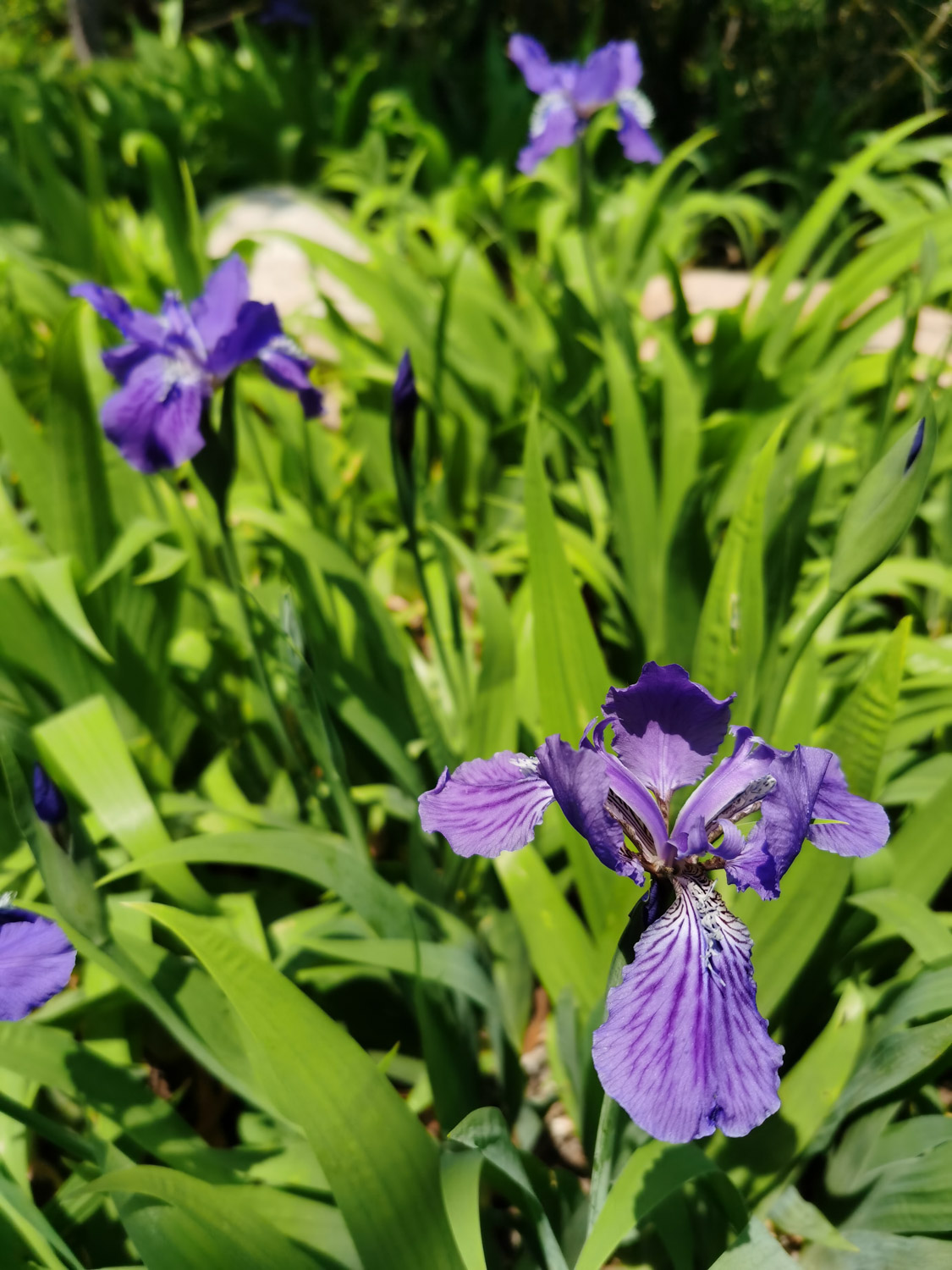
3. Infection disease: inadvertently infecting the disease will also hinder and affect the flowering. Ventilation can be strengthened, attention should be paid to prevention, and timely treatment in the later stage

 how many times do yo...
how many times do yo... how many planted tre...
how many planted tre... how many pine trees ...
how many pine trees ... how many pecan trees...
how many pecan trees... how many plants comp...
how many plants comp... how many plants can ...
how many plants can ... how many plants and ...
how many plants and ... how many pepper plan...
how many pepper plan...
